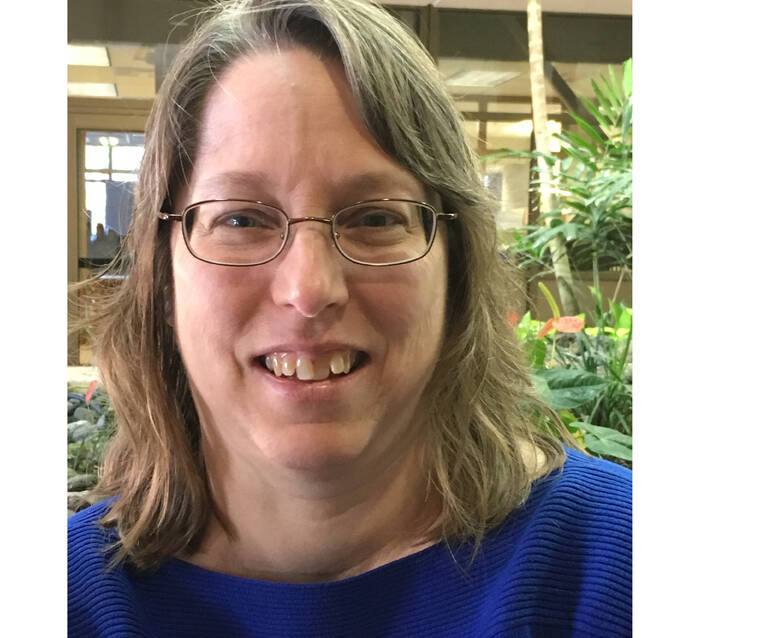Hawaii County’s $39 million federal American Rescue stimulus package has increased to almost $60 million, all of which must be spent by the end of 2024, members of the County Council Finance Committee learned Tuesday.
And that’s not counting an estimated $168 million in public transit, housing, public health programs and direct aid to residents and business in the form of rent and utilities relief, unemployment, stimulus checks, coronavirus testing and response and other forms of government aid.
It’s a big change for a county that often struggles to meet its obligations, noted Puna Councilwoman Ashley Kierkiewicz.
“I get it — this is one in a generation type of money,” Kierkiewicz said. “For so long, we had to pinch pennies and now there are tens of millions out there.”
Finance Director Deanna Sako tried to temper the council’s enthusiasm for spending.
The expenditures, Sako said, must fit into very specific categories in order to qualify for federal money. The county must submit its first quarterly report to the federal government next month.
The money can be spent on public health and countering negative economic impacts, especially in underserved areas.
“It’s making sure all of these things we want to do actually fit into the categories we have,” Sako said. “That’s been a challenge.”
For example, the county doesn’t qualify to use the federal stimulus money to make up for lost public sector revenue because the county’s general fund didn’t take a hit due to increased property values. That’s bad news for the Department of Water Supply, which is trying to make up for $2.9 million in lost revenues from unpaid water bills.
“The county as a whole is OK, but that doesn’t help the Department of Water Supply,” Sako said.
A big portion of the money will go toward water, sewer and broadband infrastructure in addition to childcare so people can be employed, especially as the tourism sector recovers.
“We want to be deliberative and smart on this piece,” said research and development director Doug Adams, who’s looking at the best way to hook up critical broadband networks and to create childcare facilities for children age five and under. There are 12,000 children in that age range on the island, yet only 3,600 childcare seats, he said.
“We are looking at ways we can get people back to work,” he said. “If you want to see economic development, we have to make sure our kids are being taken care of.”
Hilo Councilwoman Sue Lee Loy urged the administration to reach out to island nonprofits to put some bigger funding and grant packages together to help the community.
“Over time, we gave a little bit to many people and haven’t really seen the impact,” Lee Loy said. “The nonprofits in our community are doing so much and it would be helpful if we could get them lined up with these goals.”






